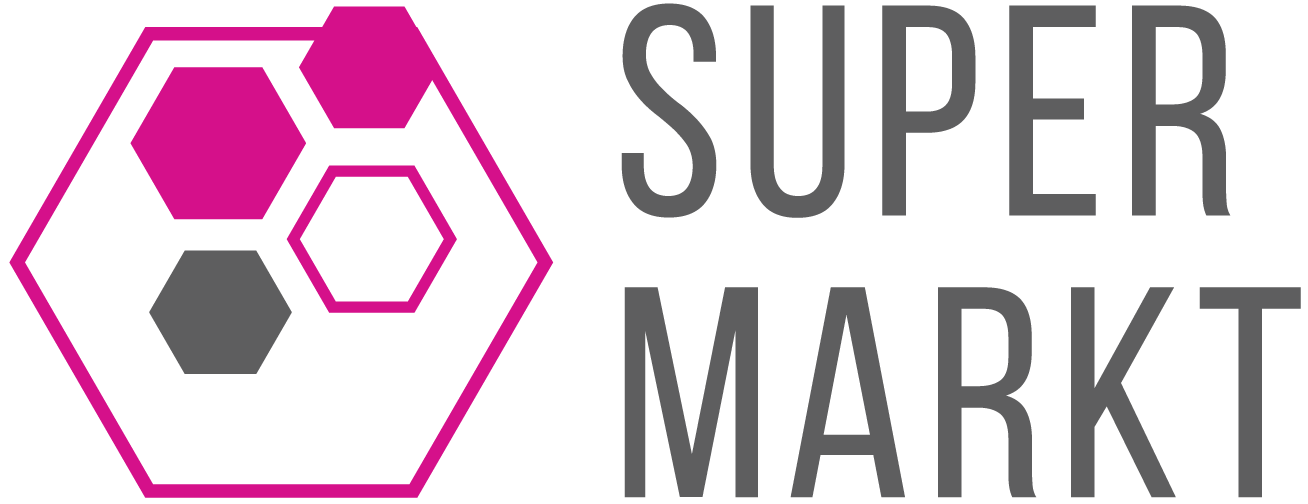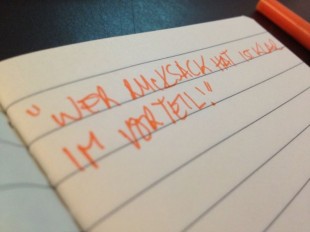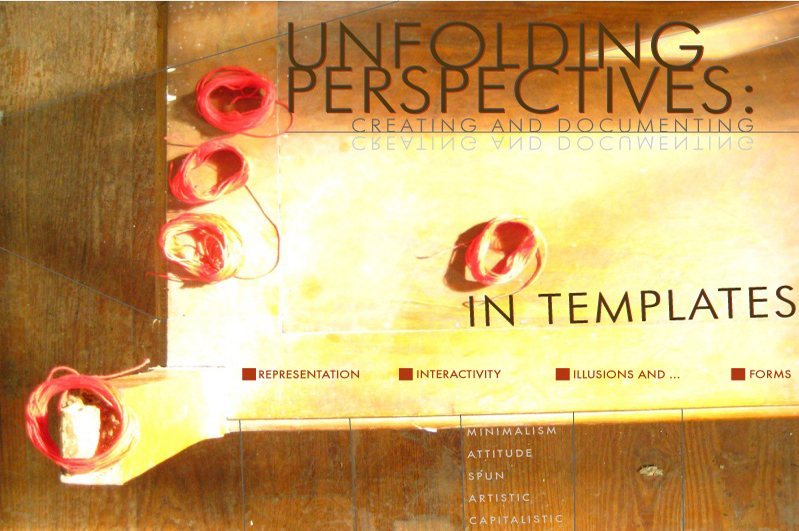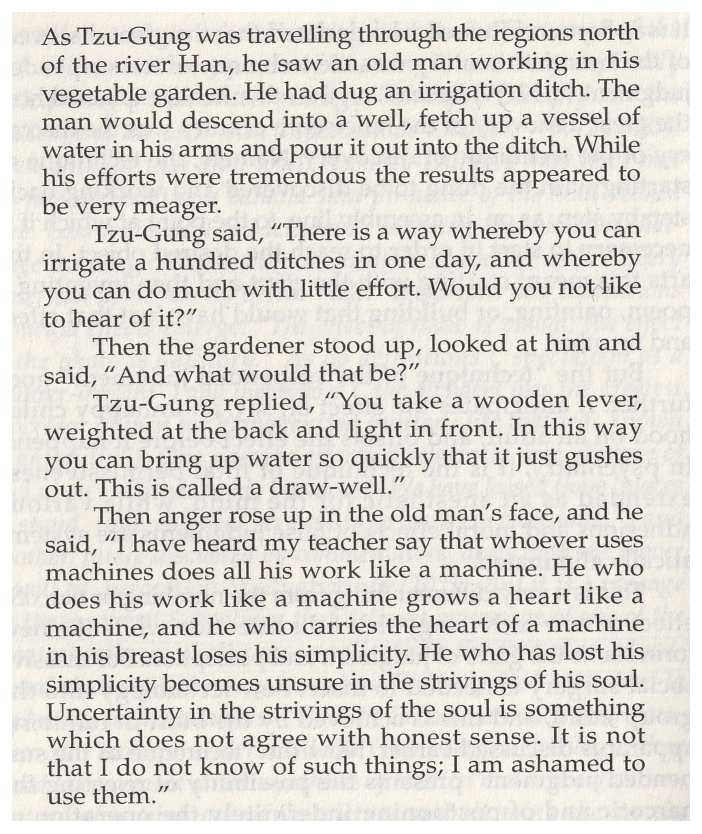A month and a half after the workshop Creating and Documenting in Templates I am thinking back about the gathering in SUPERMARKT and the preceding weeks of exchange and preparation. It is a while ago. Maybe the insights and memories have watered down a bit. But I don’t think that is a pity. Time has filtered out what is important and what is not.
In the months before the workshop Gretchen and I had been messaging and Skyping intensively. We were engaged about the subject – we kept discovering texts, art works, approaches – but our ideas where still very abstract. ‚Templated platforms‘, ‚the transition from analog to digital‘, what does it mean to us personally? Sure, those topics are contemporary and they should be discussed. But do they really influence our very personal ways of capturing the course of our lives? Only in the last days before the workshop, when we spent a lot of time together in Berlin, we figured out what we were really concerned about. We thought the words ‚Aufmerksamkeit‘, or ‚attentiveness‘ should be at the heart of the discussion. How to stay attentive when the tools you use try to lure you into a state of diffusion and indifferent consumption? It turned out that all the materials we gathered fitted this question perfectly.
On the afternoon of February 28 we gathered with ten people in the workshop space of SUPERMARKT. As an introduction we read two short texts. The first is a fragment from Marshall Mcluhans famous Understanding New Media. It recalls a story of Tsu-Kung, a pupil of Confucius. During his travels he encounters a man who irrigates his garden in a very primitive way. Tsu-Kung suggests using a technique that would make the work less laborious.
We discussed how the structure and logic of the internet influences our behavioral patterns. When working with the internet, do we act according to the features of the internet? (hasty, transient, nonlinear…?)
The second is something I thought of when preparing the workshop at home: an excerpt from a column by the Dutch writer Kees Fens from the 1980s. It is a manifest against page flipping – the analog browsing. Fens deliberately permits himself to get lost in this sin, a decicion that burdens him with an intense hangover. This is ironical: aren’t books associated with peace, focus and attention these days? We wondered how much of our energy is lost in absent minded swiping and browsing our devices. And subsequently how much of our creative energy is lost in the use of these devices and their distracting platforms as tools.
These introductions were meant as triggers, and they did their work. Gretchen and I had the pleasant experience of moderating an enthusiatic discussion without teaching. A remarkable outcome of the discussion was, to our delight, that the digital nomad has found ways to cope with the distractions of the internet. The participants were quite self assured that they could use the advantages of their computers, tablets, smart phones etc. while keeping a pleasant rhythm of attentiveness and relaxation.
In the extension of these observations we looked into the arrangement of online information. We read a text by American media scholar Lev Manovich, Data Stream, Database, Time Line, which explains the prevailing modes of data structuring during the short history of the internet. The data stream, applied by most contemporary social media platforms (Twitter, Facebook, instagram), pushes ‚old news‘ down, suggesting a temporal hierarchy of information. A timeline is a data stream which aims at capturing the important turns in ones life: you can scroll back to your graduation, your entrance into school and finally even your birth. We observed that social media platforms increasingly structure data chronologically and lineary. The Facebook, which started as a virtual yearbook where personal memorabilia were captures on a ‚home page‘ now offers a passively enjoyed overview of the year in a sequence of pictures. Where does this longing for linearity come from? Is it in our human nature? Is hypertext too confusing when digital media become part of all our daily activities?
After discussing a sequence of artworks and internet phenomena that play with documentation, platforms, analog and digital (have a look at them here: http://docuworkshop.tumblr.com/links%20and%20reading) we proceeded to a short practical documentation exercise. The participants headed into the neighborhood for 45 minutes of documenting, with a small notebook and of course their mobile devices. The resulting projects share one thing: they are explorations of the unknown Wedding. Small antropoligical investigations, in a respectful way. Katerina and Michelle counted shoe types at the entrance of Kaisers Supermarkt, and made a humble beginning to a sociologic interpretation of their findings. Mario explored a foreign culture which is right in front of the door: the ‚Vulkan Stern Automatencasino‘. Fabia and Dennis produced an amazingly detailed and witty photo reportage of stuff that people wear in their hands in Brunnenstrasse. Ela descended into the no mans land caused by gentrification: the gloomy ruin of an apartement block accros the street. It is left unobserved and being ripped empty by groups of men with mini vans. Fritzi made a set of associative sketches based on words and objects that she encountered in Brunnenstrasse.
In retrospect I can say that myself (and Gretchen) learned a lot from the workshop and the weeks of preparation. I would hope that the participants feel the same. Documentation is a vital part of my work and off my life. It is very valuable to take the effort to think over, study and discuss its current appearances and what it could become. I really liked to see the small documentation projects that were made up and executed within one hour. For a future session I would propose devoting more attention to the practical part of the workshop. It would be nice to put more emphasis on the actual experience and documentation of everyday urban surroundings. As a workshop leader I want to develop clearer ideas about accompanying these explorations. Further it would be interesting to work on the processing of the objets trouvés. In this workshop we did not have time to make them into a finished product and find it an (on- or offline) home. We will continue exchanging documentations, texts and materials and search for new forms of collective learning.
We document the workshop and the process on docuworkshop.tumblr.com
A month and a half after the workshop Creating and Documenting in Templates I am thinking back about the gathering in SUPERMARKT and the preceding weeks of exchange and preparation. It is a while ago. Maybe the insights and memories have watered down a bit. But I don’t think that is a pity. Time has filtered out what is important and what is not.
In the months before the workshop Gretchen and I had been messaging and Skyping intensively. We were engaged about the subject – we kept discovering texts, art works, approaches – but our ideas where still very abstract. ‚Templated platforms‘, ‚the transition from analog to digital‘, what does it mean to us personally? Sure, those topics are contemporary and they should be discussed. But do they really influence our very personal ways of capturing the course of our lives? Only in the last days before the workshop, when we spent a lot of time together in Berlin, we figured out what we were really concerned about. We thought the words ‚Aufmerksamkeit‘, or ‚attentiveness‘ should be at the heart of the discussion. How to stay attentive when the tools you use try to lure you into a state of diffusion and indifferent consumption? It turned out that all the materials we gathered fitted this question perfectly.
On the afternoon of February 28 we gathered with ten people in the workshop space of SUPERMARKT. As an introduction we read two short texts. The first is a fragment from Marshall Mcluhans famous Understanding New Media. It recalls a story of Tsu-Kung, a pupil of Confucius. During his travels he encounters a man who irrigates his garden in a very primitive way. Tsu-Kung suggests using a technique that would make the work less laborious.
We discussed how the structure and logic of the internet influences our behavioral patterns. When working with the internet, do we act according to the features of the internet? (hasty, transient, nonlinear…?)
The second is something I thought of when preparing the workshop at home: an excerpt from a column by the Dutch writer Kees Fens from the 1980s. It is a manifest against page flipping – the analog browsing. Fens deliberately permits himself to get lost in this sin, a decicion that burdens him with an intense hangover. This is ironical: aren’t books associated with peace, focus and attention these days? We wondered how much of our energy is lost in absent minded swiping and browsing our devices. And subsequently how much of our creative energy is lost in the use of these devices and their distracting platforms as tools.
These introductions were meant as triggers, and they did their work. Gretchen and I had the pleasant experience of moderating an enthusiatic discussion without teaching. A remarkable outcome of the discussion was, to our delight, that the digital nomad has found ways to cope with the distractions of the internet. The participants were quite self assured that they could use the advantages of their computers, tablets, smart phones etc. while keeping a pleasant rhythm of attentiveness and relaxation.
In the extension of these observations we looked into the arrangement of online information. We read a text by American media scholar Lev Manovich, Data Stream, Database, Time Line, which explains the prevailing modes of data structuring during the short history of the internet. The data stream, applied by most contemporary social media platforms (Twitter, Facebook, instagram), pushes ‚old news‘ down, suggesting a temporal hierarchy of information. A timeline is a data stream which aims at capturing the important turns in ones life: you can scroll back to your graduation, your entrance into school and finally even your birth. We observed that social media platforms increasingly structure data chronologically and lineary. The Facebook, which started as a virtual yearbook where personal memorabilia were captures on a ‚home page‘ now offers a passively enjoyed overview of the year in a sequence of pictures. Where does this longing for linearity come from? Is it in our human nature? Is hypertext too confusing when digital media become part of all our daily activities?
After discussing a sequence of artworks and internet phenomena that play with documentation, platforms, analog and digital (have a look at them here: http://docuworkshop.tumblr.com/links%20and%20reading) we proceeded to a short practical documentation exercise. The participants headed into the neighborhood for 45 minutes of documenting, with a small notebook and of course their mobile devices. The resulting projects share one thing: they are explorations of the unknown Wedding. Small antropoligical investigations, in a respectful way. Katerina and Michelle counted shoe types at the entrance of Kaisers Supermarkt, and made a humble beginning to a sociologic interpretation of their findings. Mario explored a foreign culture which is right in front of the door: the ‚Vulkan Stern Automatencasino‘. Fabia and Dennis produced an amazingly detailed and witty photo reportage of stuff that people wear in their hands in Brunnenstrasse. Ela descended into the no mans land caused by gentrification: the gloomy ruin of an apartement block accros the street. It is left unobserved and being ripped empty by groups of men with mini vans. Fritzi made a set of associative sketches based on words and objects that she encountered in Brunnenstrasse.
In retrospect I can say that myself (and Gretchen) learned a lot from the workshop and the weeks of preparation. I would hope that the participants feel the same. Documentation is a vital part of my work and off my life. It is very valuable to take the effort to think over, study and discuss its current appearances and what it could become. I really liked to see the small documentation projects that were made up and executed within one hour. For a future session I would propose devoting more attention to the practical part of the workshop. It would be nice to put more emphasis on the actual experience and documentation of everyday urban surroundings. As a workshop leader I want to develop clearer ideas about accompanying these explorations. Further it would be interesting to work on the processing of the objets trouvés. In this workshop we did not have time to make them into a finished product and find it an (on- or offline) home. We will continue exchanging documentations, texts and materials and search for new forms of collective learning.
We document the workshop and the process on docuworkshop.tumblr.com






